As part of our ongoing efforts to explore the seamless integration of Quantum Key Distribution (QKD) and classical optical communication, we’ve taken a deep dive into noise prediction accuracy and system performance in co-existence scenarios.
🧠 Model Precision Highlights:
- With only 20% of the dataset used for training, 68.2% of noise predictions fell within a 5.6% error margin.
- Increasing training data to 80% reduced this error to less than 2.1%, dramatically boosting prediction accuracy for the majority of tested cases. 📉
🔍 System-Level Analysis: We assessed both classical and quantum channel reliability using:
- A custom entanglement-based QKD simulator to estimate QBER and SKR.
- Classical failure thresholds including FEC performance and EDFA sensitivity.
🚧 Key Findings on Co-Propagation Limits:
- ✅ Up to 5 km: Both classical and quantum channels perform reliably.
- ⚠️ Beyond 5 km: Classical channel performance degrades due to insufficient power.
- ❌ Beyond 15 km: Quantum channels begin to fail as QBER exceeds 11%.
- 🧵 At 50 km: Only 1–2 classical channels can co-exist effectively with QKD.
These results, visualized in Figures 24 & 25 of our study, underscore the importance of intelligent power and distance management in future secure networks.
Proud to be part of this forward-looking research within the #AllegroProject! 🙌
#QuantumCommunication #QKD #AI #OpticalNetworks #MachineLearning #Photonics #Cybersecurity #ResearchInnovation

